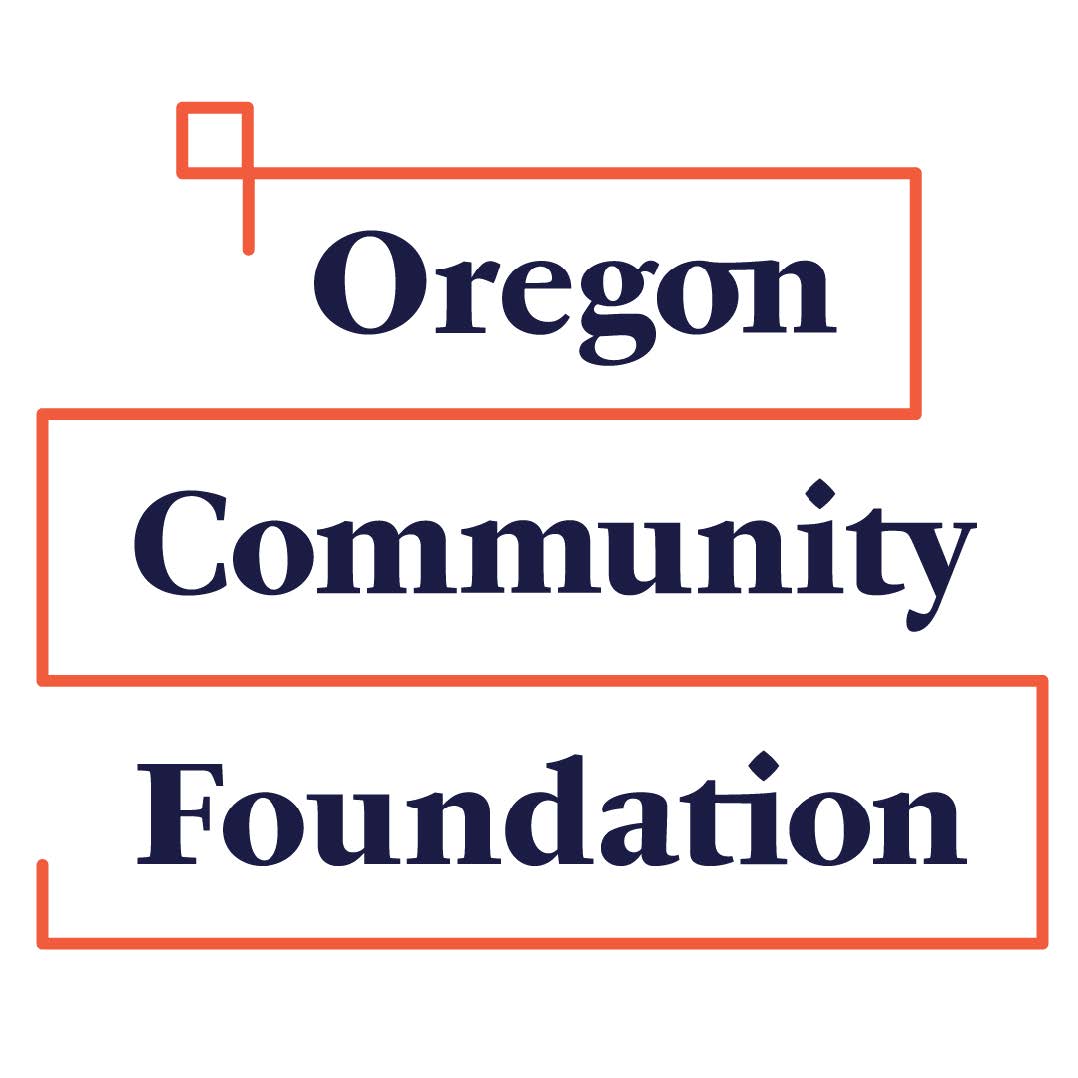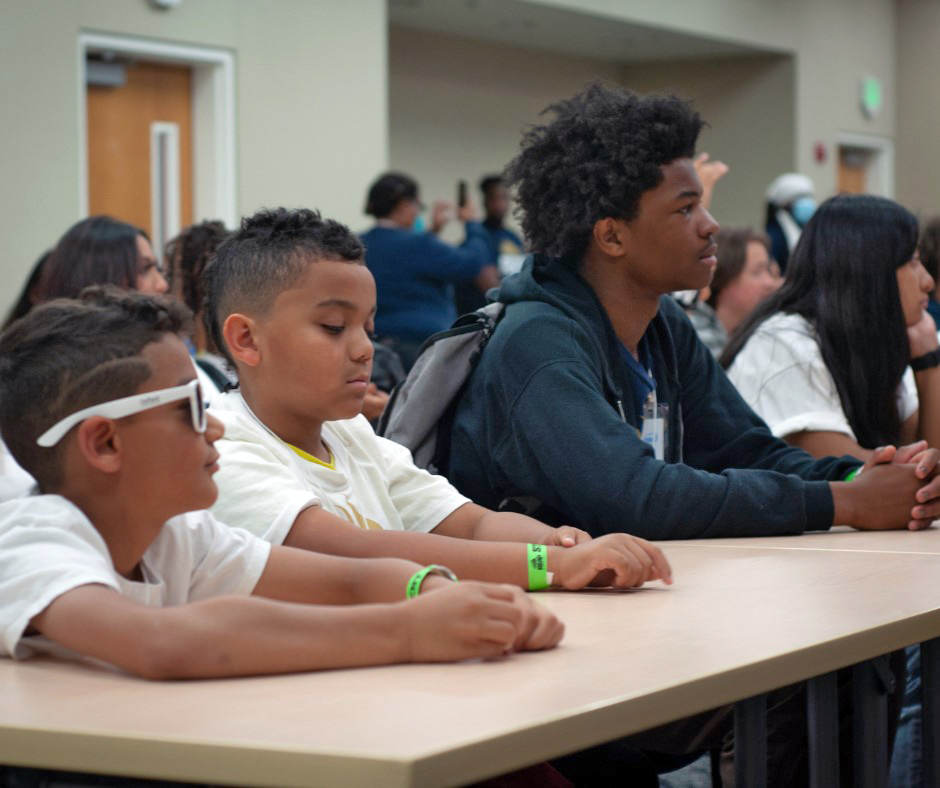Black-led Nonprofits Receive $720,000 To Support Black Student Success (Photo) - 12/10/25
FOR IMMEDIATE RELEASE
Contact: Colin Fogarty, Director of Communications
Oregon Community Foundation, cfogarty@oregoncf.org
BLACK-LED NONPROFITS EXPAND OPPORTUNITIES FOR BLACK STUDENTS
Oregon Community Foundation Commits Another $720,000 to Strengthen 30 Organizations Statewide
PORTLAND, Ore. — Oregon Community Foundation today announced $720,000 in new capacity-building grants to 30 Black-led, Black-serving nonprofits across Oregon. These grants are designed to strengthen organizations that play a critical role in improving educational outcomes for Black students statewide.
The educational challenges facing marginalized Black children in Oregon are too great for one organization to tackle alone. Success requires strategic, ongoing collaboration. Through its Black Student Success Initiative, OCF has supported culturally led organizations for five years as part of the Oregon Black Student Success Network, which has been pivotal in addressing systemic barriers to educational equity.
“Oregon Community Foundation continues to deepen our commitment to help ensure the success of Black students in Oregon,” said Marcy Bradley, Chief Community Engagement and Equity Officer at OCF. “These partnerships help these organizations to innovate and grow their programs and operations to effectively prepare Oregon’s future Black leaders for success.”
OCF created this funding opportunity in response to feedback from community partners about the need to help organizations build capacity — enhancing governance, operations, internal culture and community relationships. Applications were reviewed by a committee of state, local and community leaders, with final approval by the OCF Board of Directors.
“This capacity grant through OCF has been a catalyst for Y.O.U.TH.,” said Imani Muhammad, Founder and Executive Director of Youth Organized and United to Help. “The financial support helps to fortify our organizational structure, expand our ability to serve East Multnomah County families and ensured that our mission — from tutoring to empowerment — can grow sustainably for years to come.”
The following organizations have received grants:
- African Youth & Community Organization
- B.L.A.Q. Youth
- BASE
- Black and Beyond the Binary Collective
- Black Cultural Initiative
- Black Educational Achievement Movement
- Black Parent Initiative
- Bridge-Pamoja
- Building Blocks 2 Success
- Center for Black Excellence
- Elevate Oregon
- HOLLA Mentors
- KairosPDX
- KinCultivate
- Multitude of Mercies Foundation
- NE STEAM Coalition
- NextGen Connect Center
- Oregon Alliance of Black School Educators
- Portland Opportunities Industrialization Center
- Portland Oromo Community Association
- REAP Inc.
- Self Enhancement, Inc.
- Somali American Maay Community of Oregon
- The Father’s Group
- The Lillard Foundation
- Triple Threat Mentoring
- Ujamaa Community Empowerment Network
- UNCF Seattle
- World Arts Foundation, Inc.
- Youth Organized and United to Help
Total: $720,000
Since its launch in 2020, the Oregon Black Student Success Network has grown to five regions across Oregon, collaborating on programs and policy advocacy to improve educational access from K-12 through postsecondary education. These investments will help organizations continue that work and expand their impact.
Learn more about OCF’s Black Student Success Initiative. To support Black Student Success with a donation, contribute to the Black Student Success Fund online or contact your regional OCF Philanthropic Advisor.
About Oregon Community Foundation
Since 1973, Oregon Community Foundation has worked to improve the lives of all Oregonians through the power of philanthropy. In 2024, OCF distributed more than $211 million in grants and scholarships in every county in Oregon in partnership with donors and volunteers. Individuals, families, businesses and organizations can work with OCF to create charitable funds to support causes important to them. To learn more, visit oregoncf.org.
###



